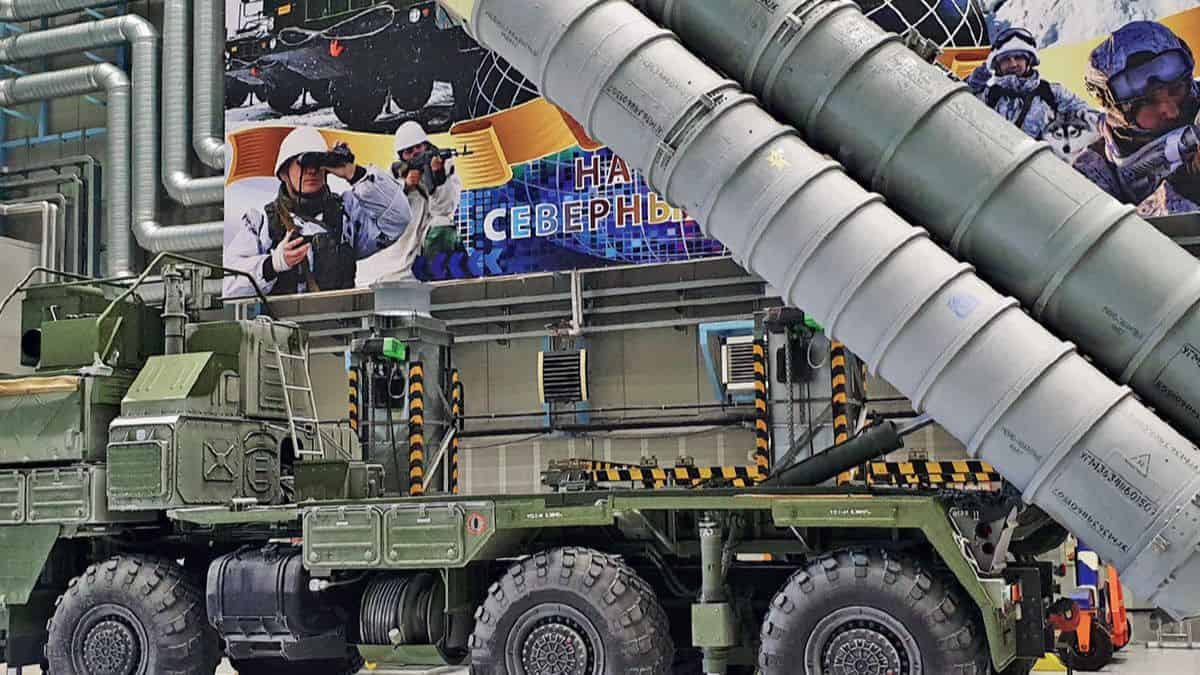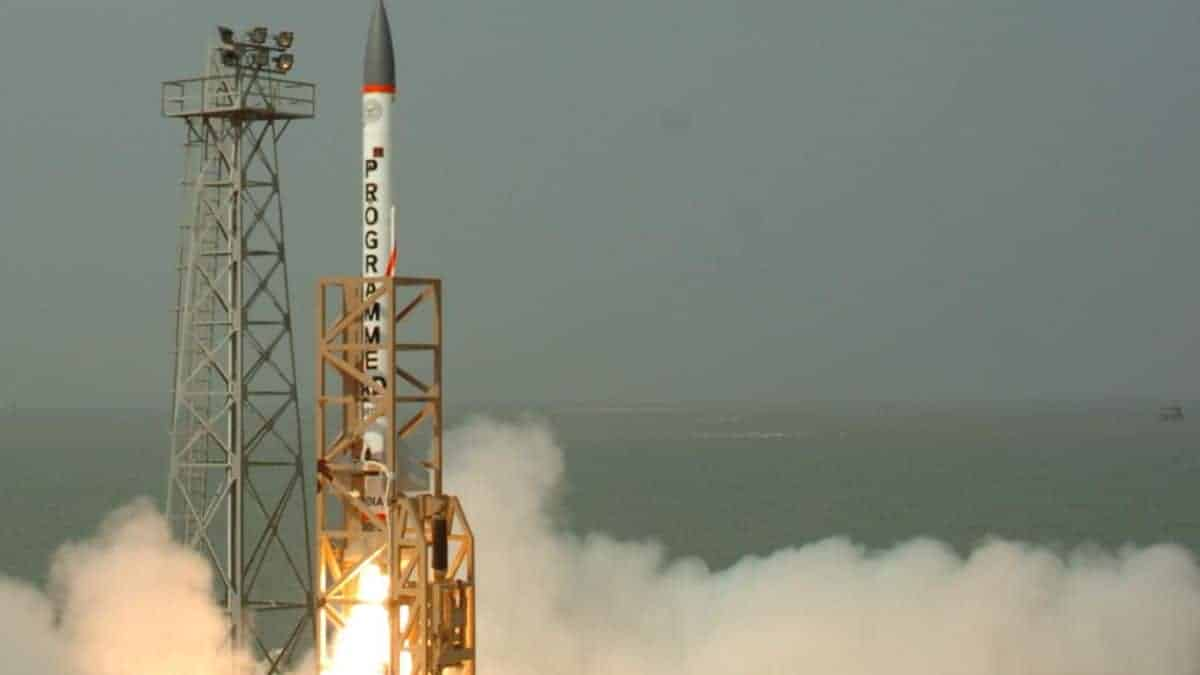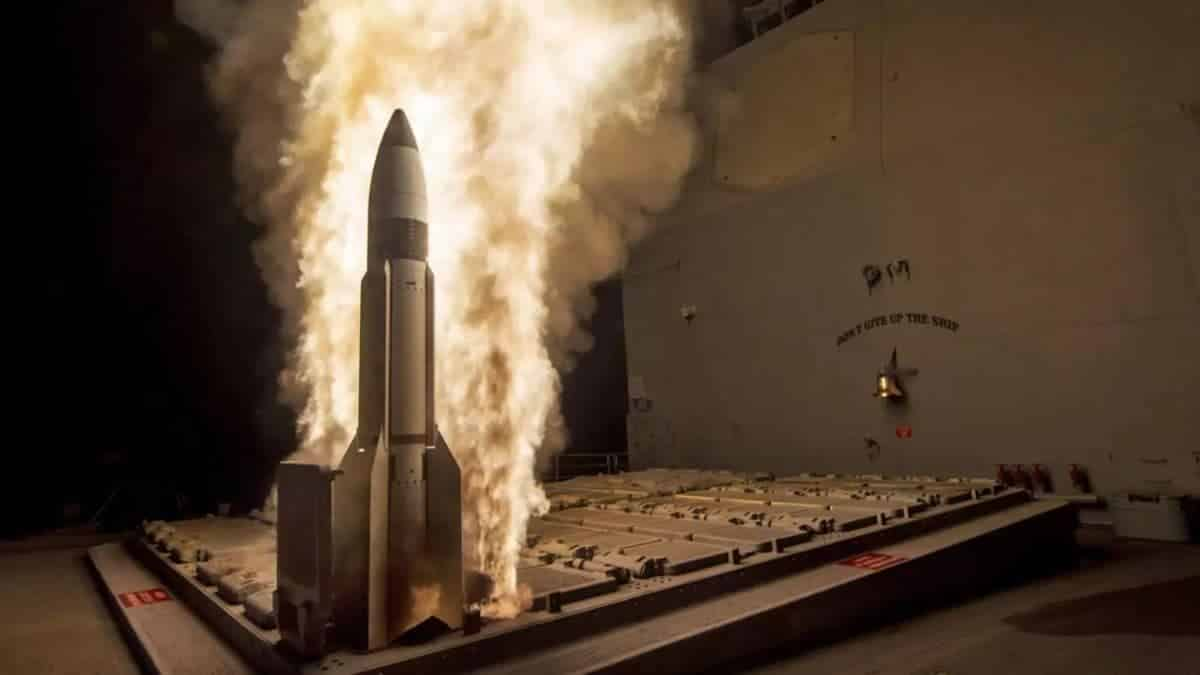Top Missile Defense System of Every Country

For decades, the role of nuclear missile defense has been a contentious military and political issue. Missile defense, on the other hand, is no longer confined to intercepting strategic nuclear missiles. The distinction between methods for intercepting tactical missiles and those for intercepting strategic missiles have blurred due to the continuous development and proliferation of missile technology.
High-capacity tactical ballistic missiles with non-nuclear payloads can now influence strategic balance in conflict zones. Tactical missile defense systems with great performance can now impact force deployment options. Missile defense systems, in general, are a sort of missile defense designed to protect a country from incoming missiles.

Here is the list of the top missile defense system in every country:
India
Two systems are now being planned and tested. The ‘Air Defence Ground Environment System’ (ADGES) and the ‘Base Air Defence Zones’ are the two main components of the air defense network (BADZ). Most aviation incursions into Indian airspace can be detected and intercepted using the ADGES network, which provides wide-area radar surveillance. Radars, interceptors, SAMs, and AAA units all work together in the BADZ system to offer an intense and extremely effective defensive barrier against attacks on important targets.

France, Italy, and the UK
PAAMS is a software developed by the United Kingdom, France, and Italy. It was designed to equip the Horizon-class frigate with weapons (which was a joint program by the UK, France, and Italy). The United Kingdom then dropped out of the frigate program, opting instead to develop and build its own Type 45 destroyer, which would continue to use the PAAMS missile system. After that, France and Italy decided to expand the program to include a ground-based anti-ballistic missile system. SAMPT, a truck-launched anti-ballistic missile system based on PAAMS technology, was developed by France and Italy.
Russia
The Russian A-135 anti-ballistic missile system is currently only active around Moscow, the country’s capital, but it is being expanded to protect other major Russian cities. The A-135 anti-ballistic missile system is a Russian military complex stationed in and around Moscow to defend against enemy missiles aimed at the city or its environs. In 1995, it became operational. It replaces the old A-35 and is consistent with the 1972 Anti-Ballistic Missile Treaty, from which the United States unilaterally withdrew in 2002.

Israel
With the Arrow missile system, Israel possesses a national missile defense against short and medium-range missiles. It’s a group of anti-ballistic missiles developed to meet Israel’s need for a theater missile defense system. It is said to be more effective than the MIM-104 Patriot surface-to-air missile against ballistic missiles. The development of the technology, which is jointly sponsored and produced by Israel and the United States, began in 1986 and has continued since, despite some skepticism.

United States
According to a military spokesman, tests were conducted in two locations: a business park in central Tokyo and Ichigaya, which is close to the Imperial Palace. Along with the PAC-3, Japan has installed a ship-based anti-ballistic missile system designed by the United States, which was successfully tested on December 18, 2007. In collaboration with the US Missile Defense Agency, the missile was launched from a Japanese cruiser and destroyed a simulated target launched from the coast.

China
During the Cold War, China tested the FJ ABM, but it was eventually scrapped. The PLA is actively developing the KT anti-ballistic missile series, as well as incorporating limited anti-ballistic capabilities into the HQ-9, KS series, and HQ-16. China, the second of two countries capable of doing so, successfully tested its exoatmospheric interception capabilities in 2010 and again in 2013. To this day, anti-missile technology is effective. On September 8, 2017, the BMD system was tested again and found to be successful.

Taiwan
The Sky Bow family of BMD systems is used in Taiwan. Sky Bow I was first developed in 1981, and it was first deployed in 1993. The Sky Bow II is a better variant of the first Sky Bow. The same silo launch method is used by both Sky Bow I and Sky Bow II. The entirely redesigned Sky Bow III system was first developed in 2001, with flight testing beginning in 2009 and deployment following soon after. The highest speed of the Sky Bow III is Mach 7. The Sky Bow III has also been designed as a naval variant

About the Other Nations
Japan
After North Korea shot a Taepodong-1 missile over northern Japan in 1998, the Japanese and Americans have been working on a new surface-to-air interceptor known as the Patriot Advanced Capability 3 (PAC-3) interceptor. So far, tests have gone well, and the PAC-3 will be put in 11 different places. According to a military spokesman, tests were conducted in two locations: a business park in central Tokyo and Ichigaya, which is close to the Imperial Palace. Along with the PAC-3, Japan has installed a ship-based anti-ballistic missile system designed by the United States, which was successfully tested on December 18, 2007. In collaboration with the US Missile Defense Agency, the missile was launched from a Japanese cruiser and destroyed a simulated target launched from the coast.

Republic of China
The Republic of China, generally known as Taiwan, is working on an anti-ballistic missile system based on the Tien Kung-II (Sky Bow) SAM system and Patriot-III missiles produced in-house. In response to Chinese missiles aimed at Taiwan, the island is constructing a “missile defense barrier.” Six Patriot III batteries and a long-range early warning radar system will be the most recent additions. Taiwan, on the other hand, needs Terminal High Altitude Air Defense (THAAD) systems.


